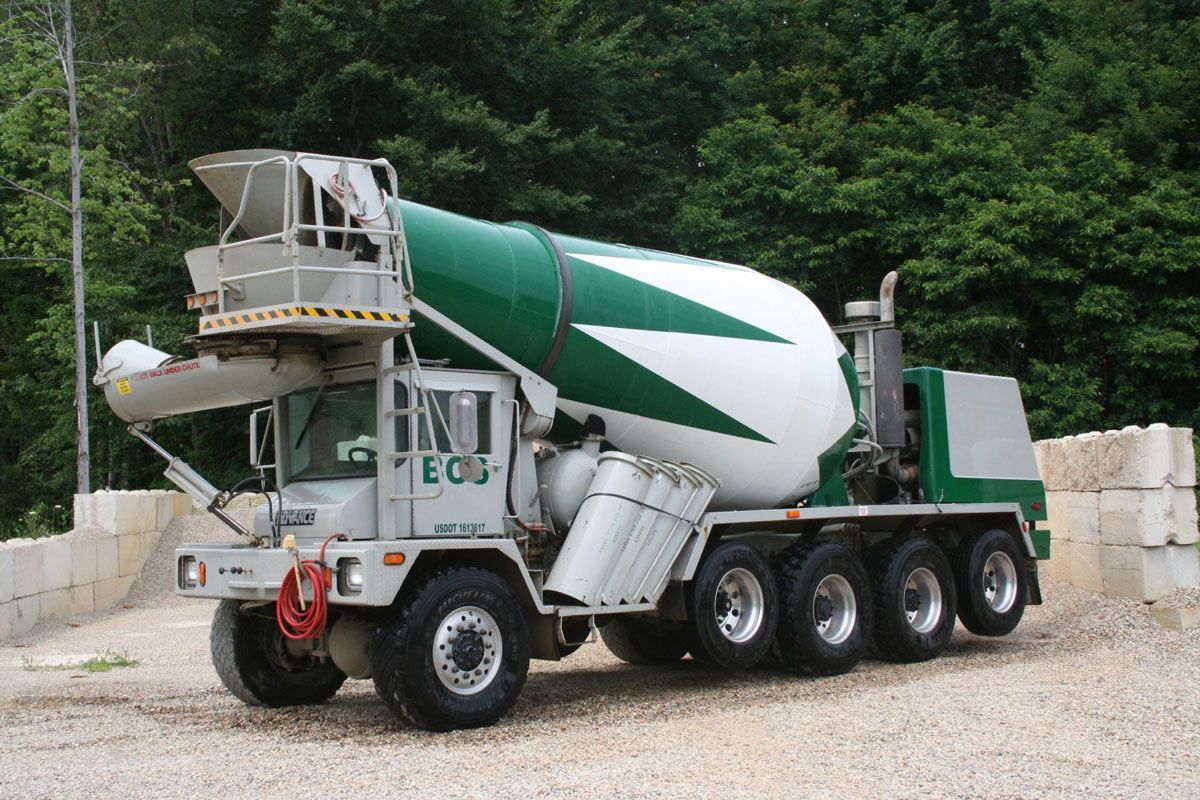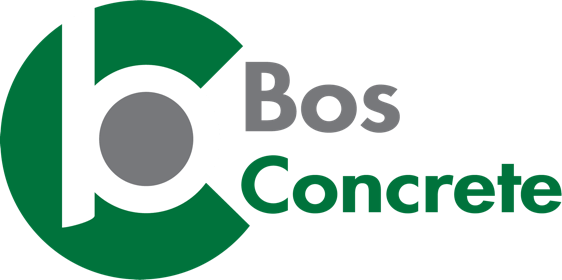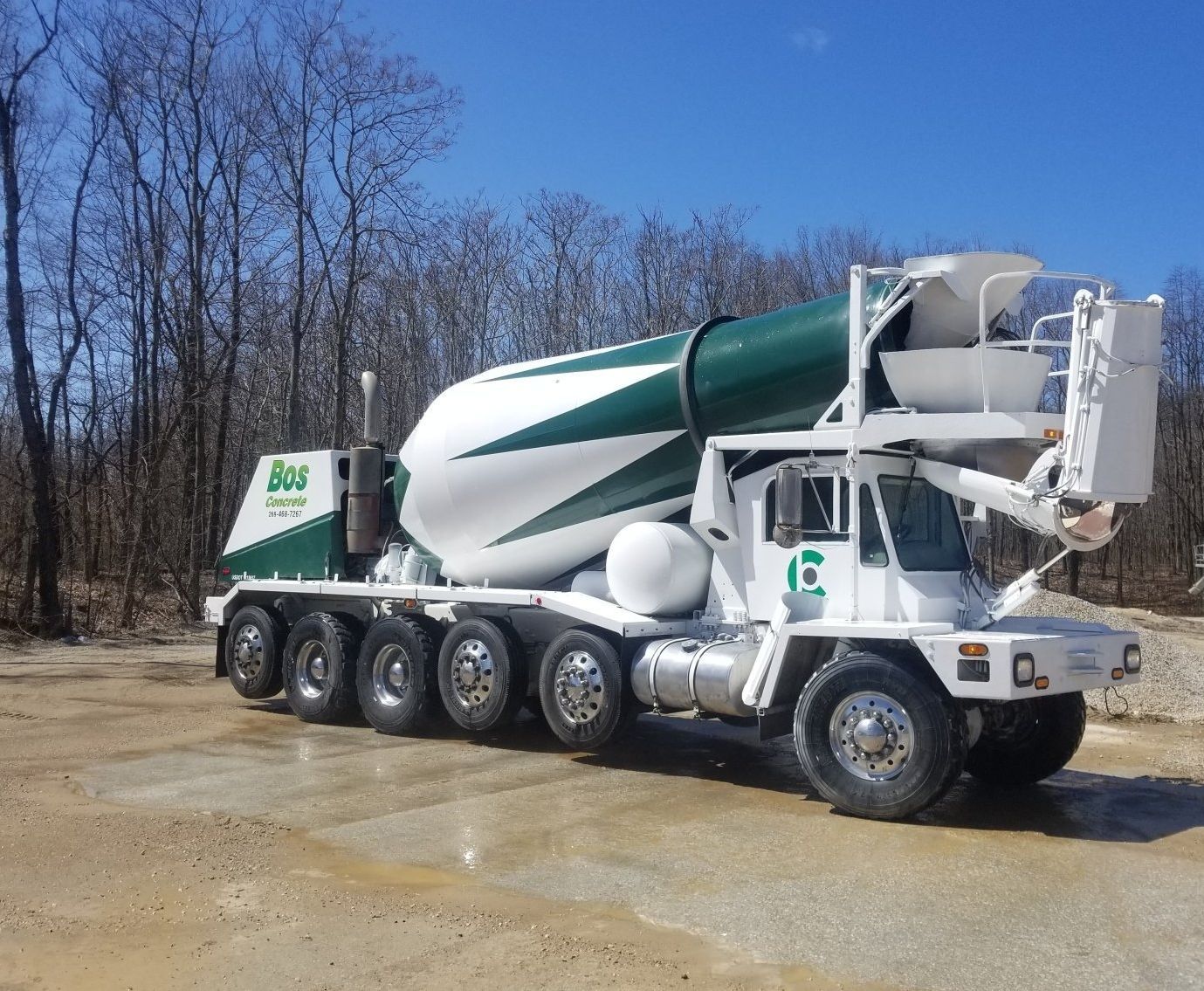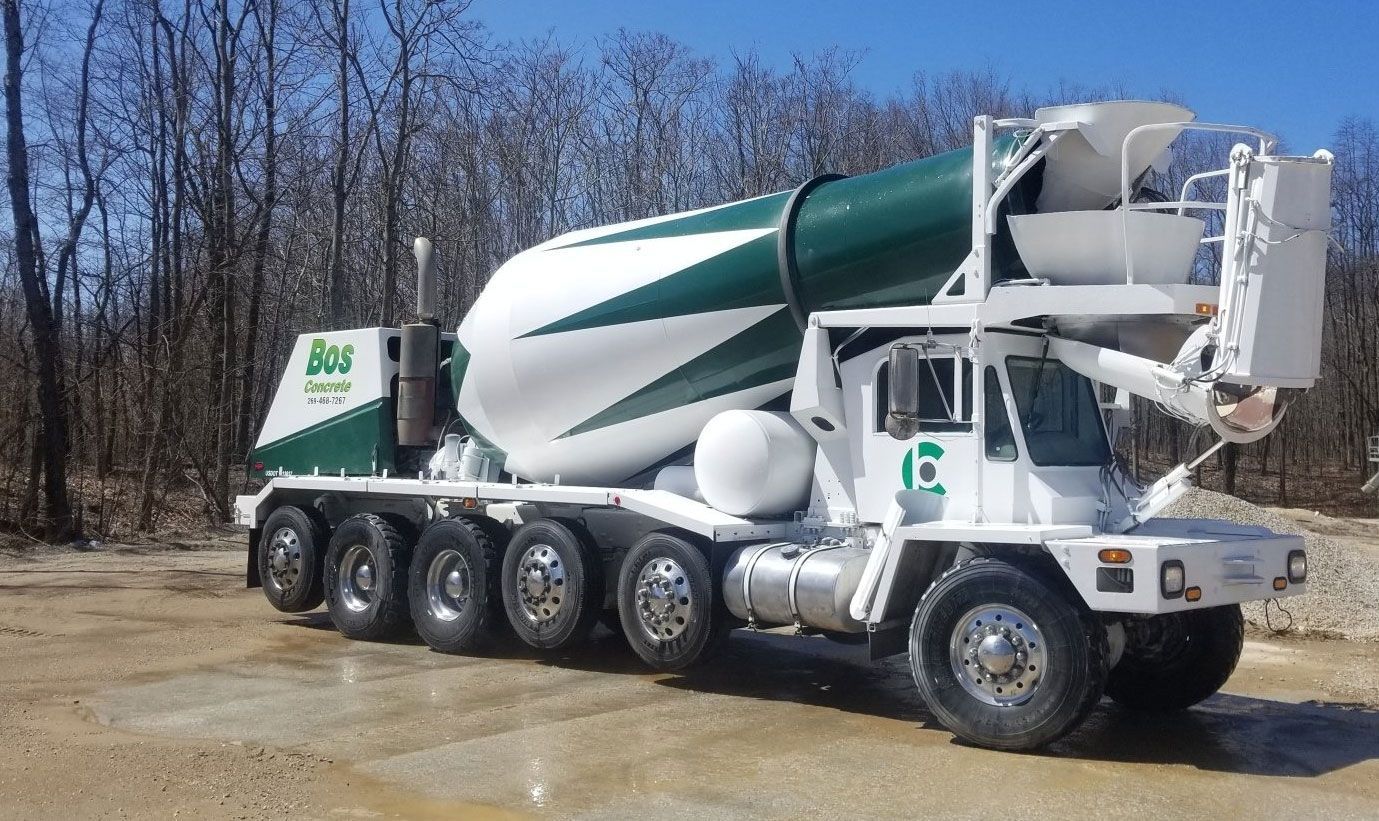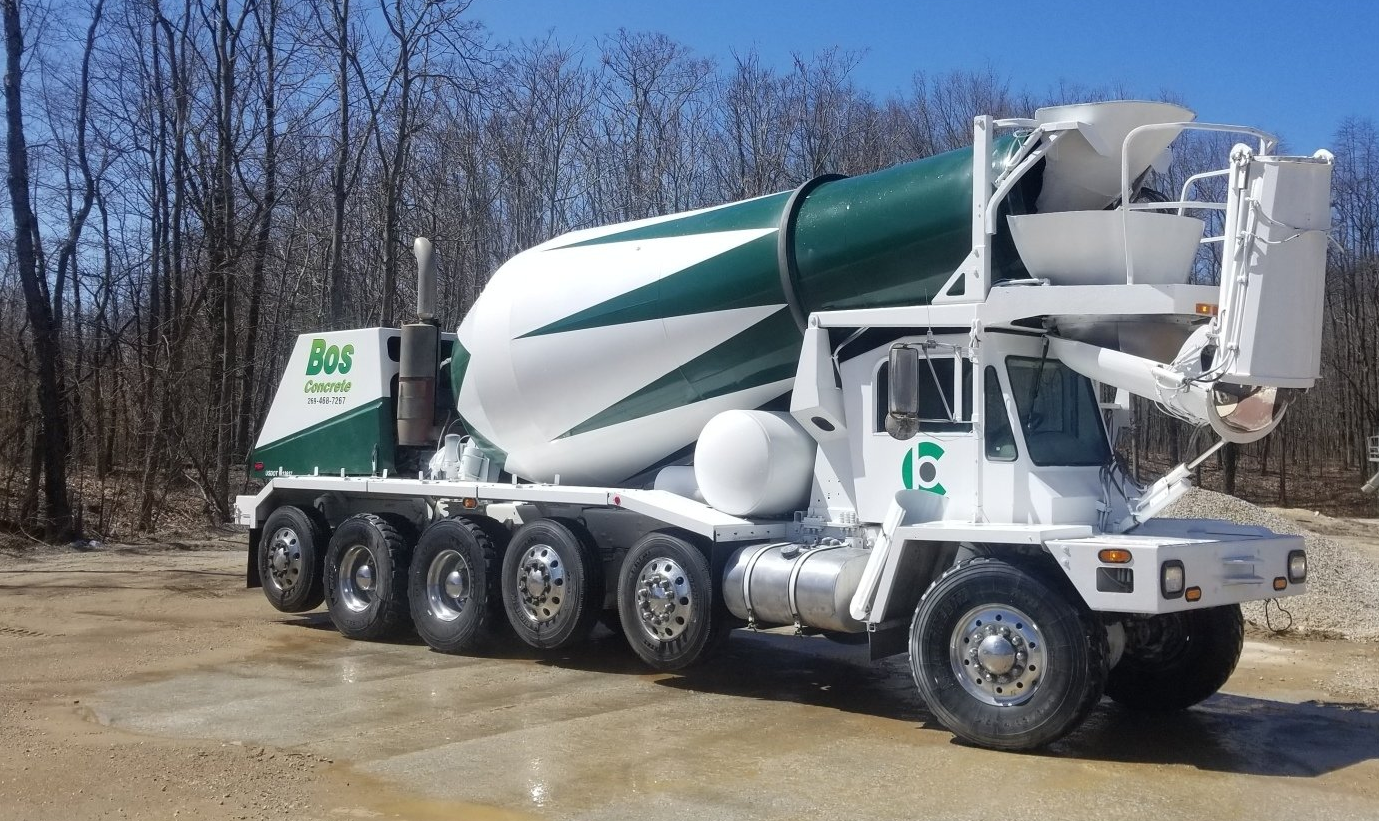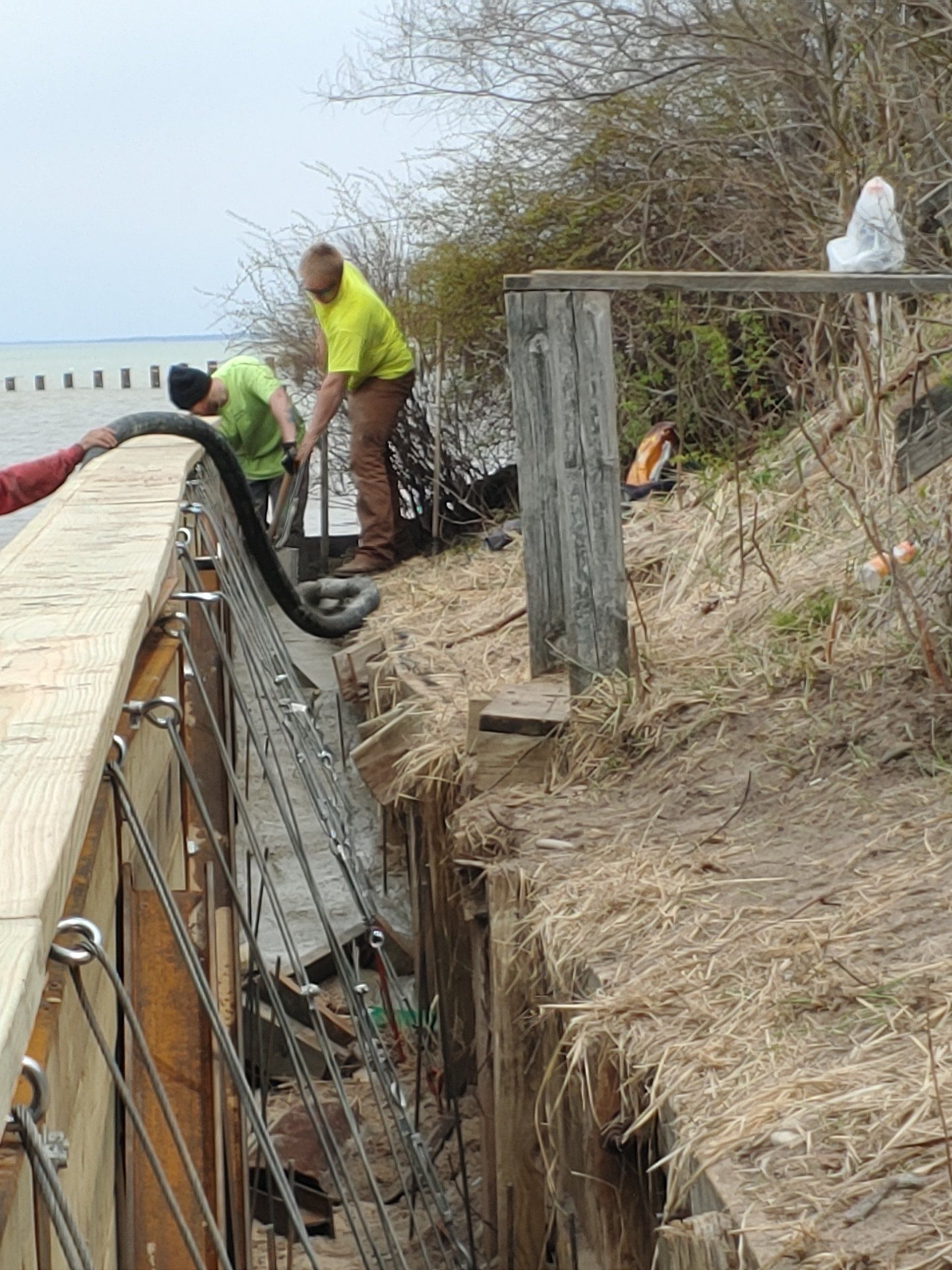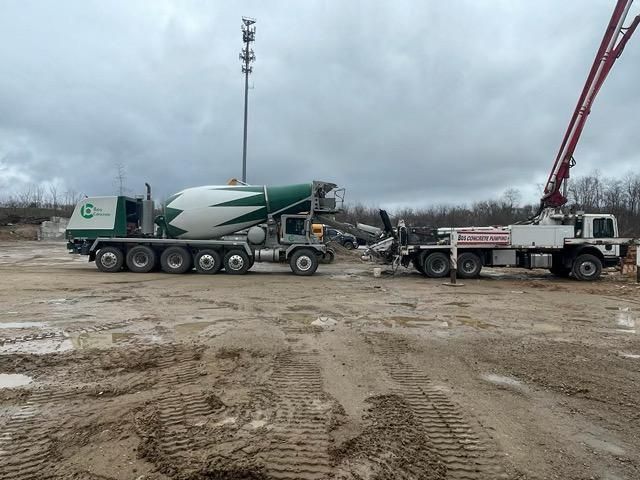Understanding The Concrete Delivery Process from Start to Finish
The Concrete Delivery Process
Concrete is arguably the most widely used construction material around the world. It forms the backbone of countless structures from residential dwellings to towering skyscrapers. Concrete is strong and durable, which makes it an ideal choice for a slew of projects. However, the process of delivering concrete to a construction site requires careful planning and coordination. In today's blog, we are going to walk you through the concrete delivery process from beginning to end.
1. Planning and Scheduling
The concrete delivery process begins before the concrete is mixed or reaches the job site. Proper planning and scheduling are essential to ensure that your project runs smoothly. This involves coordinating with stakeholders, contractors, engineers, and suppliers. During this phase of the process, the contractor determines the amount of concrete required for the job. They decide on the types of mixtures needed and the timeframe for delivery. When planning it’s essential to consider factors like weather conditions, site accessibility, and the project timeline. Addressing these logistical considerations first can help you avoid potential delays and issues.
2. Choosing the Right Supplier
Once you’ve made all your plans and considered the logistics, the next step is selecting a reputable concrete supplier. It’s essential to select a supplier that not only offers quality concrete but also has a good track record of timely deliveries and reliable service. Also, the supplier should have experience with your specific type of project. Whether it’s residential, commercial, or infrastructural, a good supplier will work closely with the contractor to ensure that all requirements are clearly understood, including the concrete mix design and delivery schedules.
3. Ordering the Concrete
You’ve selected a supplier, so it’s time for the contractor to place an order for the concrete. Ready-mix concrete is the way to go for any job because it eliminates any possible mistakes. When ordering you’ll need the specifications such as the types of concrete mix, workability, additives, and the total volume required. It’s important that your calculations are accurate so you avoid any excess waste or shortages. Both can disrupt the project’s progress and incur additional costs.
4. Mixing the Concrete
Once you place your order, your chosen supplier will prepare the concrete mix based on the specifications you provided. It’s important to mention that, while mixing the concrete yourself is an option, a supplier is a much more efficient choice. They have a ton of experience with concrete mixes and you won’t run the risk of doing it incorrectly.
Suppliers will mix the concrete at a central batching plant, where raw materials like cement, aggregates, water, and any necessary additives, are combined in precise proportions. A reputable concrete supplier will take sufficient quality control measures to ensure the concrete meets industry standards and the specific requirements of the project.
5. Transporting the Concrete
After they mix your concrete, the supplier will transport it to the job site. Delivery is usually carried out using specialized vehicles known as concrete mixer trucks. These trucks keep the concrete agitated during transit to prevent it from setting prematurely. Time is of the essence in the transportation phase because concrete is workable only for a limited amount of time. For the most part, concrete should be poured within 90 minutes of being mixed, especially when the weather conditions are warm.
Another important step is preparing the job site in advance to facilitate a quick and efficient unloading process. This includes clearing a path for the delivery truck and making sure the workers have all the necessary tools and equipment on hand.
6. Delivery and Pouring
Once the delivery truck arrives at your work site, it will reverse to the designated area for pouring. The contractor and crew will coordinate the pouring into the forms or molds prepared for the project. To pour the concrete correctly it may involve the use of chutes, pumps, or conveyors to direct the flow of concrete to where it’s needed. Also, during this phase, it’s of the utmost importance that you all work efficiently to get the concrete placed as fast and uniformly as possible. This is the only way to ensure the integrity and quality of the mix are maintained.
7. Finishing and Curing
Once the ready-mix concrete is poured into the designated areas, the finishing crew will begin working on the surface to achieve the desired texture and finish. This could involve smoothing, troweling, and stamping. After the finishing, curing is vital so the concrete gains the required strength and durability desired. Curing involves maintaining adequate moisture and temperature in the concrete for a specified time, which is typically several days. This length of time allows the concrete to harden properly.
Do You Need Ready-Mix Concrete Poured in the Kalamazoo & Southwest Michigan Area?
If your job is located in the
Kalamazoo,
Coloma,
Plainwell, or
South Haven areas of Michigan,
contact us at Bos Concrete. Our
ready-mix is top quality and our experts have been pouring concrete in Southwest Michigan for years. We offer ready-mix concrete to your specifications and we even have trucks that can pour in the tightest spaces.
